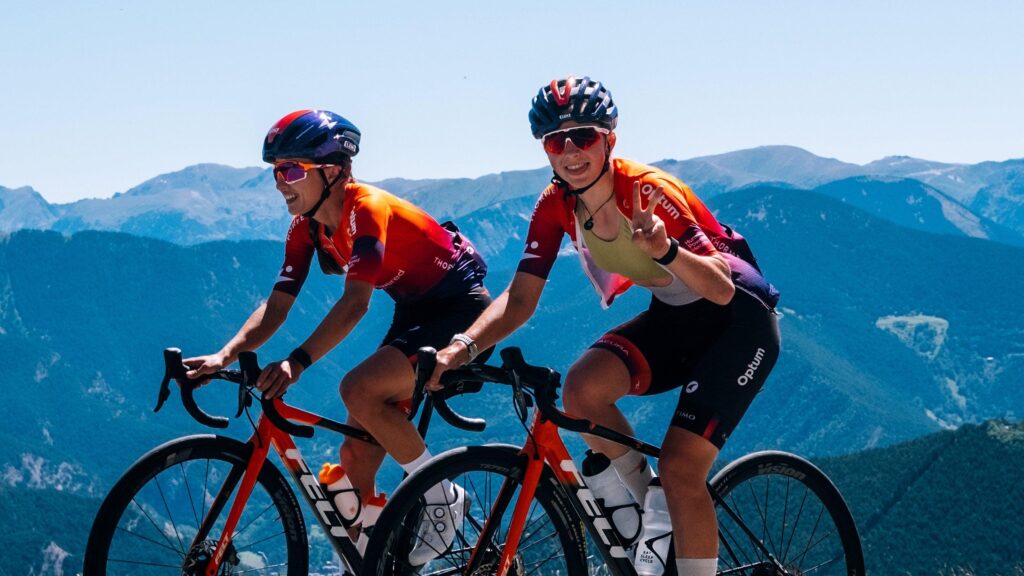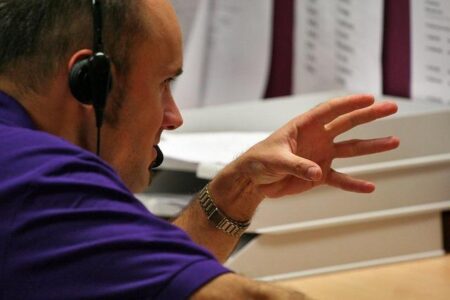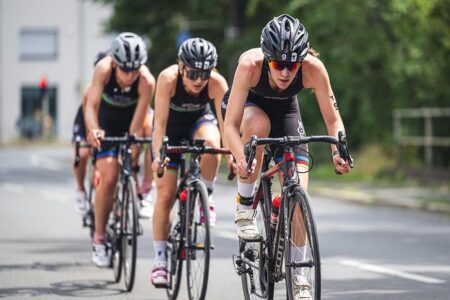Cycling Women Tour de France: A New Era for Women’s Sports
In a groundbreaking shift for women’s sports, the Tour de France has finally embraced the world of female cycling with the introduction of the women’s edition of this prestigious race. The event, which has long been a hallmark of endurance, skill, and camaraderie among male cyclists, now offers women the opportunity to showcase their talents on an equal stage. The 2023 Cycling Women Tour de France promises to highlight the determination and athletic prowess of female cyclists from around the globe, drawing attention to their stories, challenges, and triumphs. As communities rally to support these athletes, the event not only marks a significant milestone in the history of the Tour de France but also represents a step forward in the broader fight for gender equality in sports. In this article, we dive deep into the significance of this historic race, the inspiring athletes competing, and the impact it is poised to have on future generations of female cyclists.
Cycling Women Tour de France Showcases Growing Talent and Determination
The Cycling Women Tour de France has emerged as a formidable platform for showcasing the remarkable talent and unyielding determination of women athletes in the realm of competitive cycling. Over the past few years, this tour has not only elevated the status of women’s cycling but has also garnered significant attention from fans, sponsors, and media. The event features a diverse lineup of cyclists from around the globe, each bringing their unique skills and resilience to the race. Factors contributing to the event’s growing popularity include:
- Increased Media Coverage: Enhanced visibility through broadcasts and social media channels.
- Sponsorship Growth: Major brands are investing in women’s cycling, showing faith in its potential.
- Rising Competitiveness: Enhanced competition has led to thrilling races, highlighting the athletes’ prowess.
This year’s event has not only seen seasoned pros but also fresh talent making their mark, signaling a promising future for the sport. The diversity in race participants is remarkable, comprising a spectrum of age, nationality, and experience. Many young cyclists are breaking records and earning accolades, further inspiring the next generation to chase their cycling dreams. To get a glimpse of the ongoing shifts in the competitive landscape, here is a concise overview of leading teams and their standout riders:
| Team | Rider | Notable Achievement |
|---|---|---|
| Team SD Worx | Anna van der Breggen | Former World Champion |
| Jumbo-Visma | Marianne Vos | Olympic Gold Medalist |
| Trek-Segafredo | Kaitie Keough | Gran Fondo Champion |
Examining the Impact of Media Coverage on Women’s Cycling
The media’s portrayal of women’s cycling has evolved dramatically in recent years, reflecting both shifting societal attitudes and the growing popularity of female athletes in the sport. Coverage in reputable publications serves as a crucial platform for fostering awareness and engagement among fans and aspiring cyclists. Yet, the extent and nature of this coverage can vary dramatically across different sources, impacting public perception and investment in women’s cycling. Key factors influencing media representation include:
- Quality of storytelling: Highlighting individual athlete stories and achievements.
- Frequency of reporting: Regular updates and features on ongoing events and competitions.
- Diversity in coverage: Inclusion of various cycling disciplines, from road and track to BMX and mountain biking.
As women’s cycling amplifies its presence in events like the Tour de France, it’s essential for media outlets to prioritize equity in coverage compared to their male counterparts. Presenting an inclusive and balanced perspective can emphasize the skill and dedication of female cyclists while attracting sponsorships and support for the sport’s growth. A recent analysis of media coverage showed stark differences in visibility between genders, as illustrated in the following table:
| Event | Male Coverage (%) | Female Coverage (%) |
|---|---|---|
| Tour de France | 85 | 15 |
| Women’s Tour de France | 20 | 80 |
This disparity highlights the need for continued advocacy within media frameworks, emphasizing fair representation to elevate women’s cycling to the prominence it deserves. As the public becomes more receptive to diverse sporting narratives, the pathway for women in cycling has the potential to flourish, provided the media continues to drive positive change in its coverage practices.
Strategies for Increasing Participation and Support for Female Cyclists
To broaden the appeal of cycling among women and foster a supportive community, it’s essential to create inclusive environments where female cyclists feel valued and empowered. Initiatives could include women-only cycling groups that provide a safe space for beginners and experienced riders alike. These groups can focus on building confidence through regular rides, workshops on bike maintenance, and discussions about personal experiences in cycling. Additionally, local businesses and cycling organizations could implement incentives and partnerships to encourage women to participate in cycling events, such as discounted gear or entry fees for female participants.
Furthermore, increasing visibility of women in cycling can significantly encourage participation. Events such as community races, local bike fairs, and demonstrations featuring professional female cyclists can inspire potential riders and showcase their achievements. Media campaigns highlighting success stories and role models in the cycling world can serve to motivate young girls and women to take up cycling. Schools and community centers might also offer programs aimed at introducing cycling to girls, focusing on the health benefits and the joy of riding, which can ultimately cultivate a new generation of female cyclists.
In Conclusion
As the cycling world turns its attention to the future of competitive racing, the inaugural Women’s Tour de France marks a significant milestone for female athletes across the globe. The event’s establishment not only highlights the growing recognition of women’s cycling but also serves as an inspirational platform for aspiring cyclists. As we reflect on the achievements and narratives emerging from this year’s race, it is clear that the journey is just beginning. The efforts of these remarkable women, who compete at the highest levels, reflect both an evolving sport and a society that is gradually embracing gender equality in athletics. The Bluefield Daily Telegraph will continue to follow the developments in women’s cycling, celebrating the athletes and the impact they have on the broader conversation around women’s sports. Stay tuned for further coverage and insights as we traverse this exciting chapter in the world of cycling.











